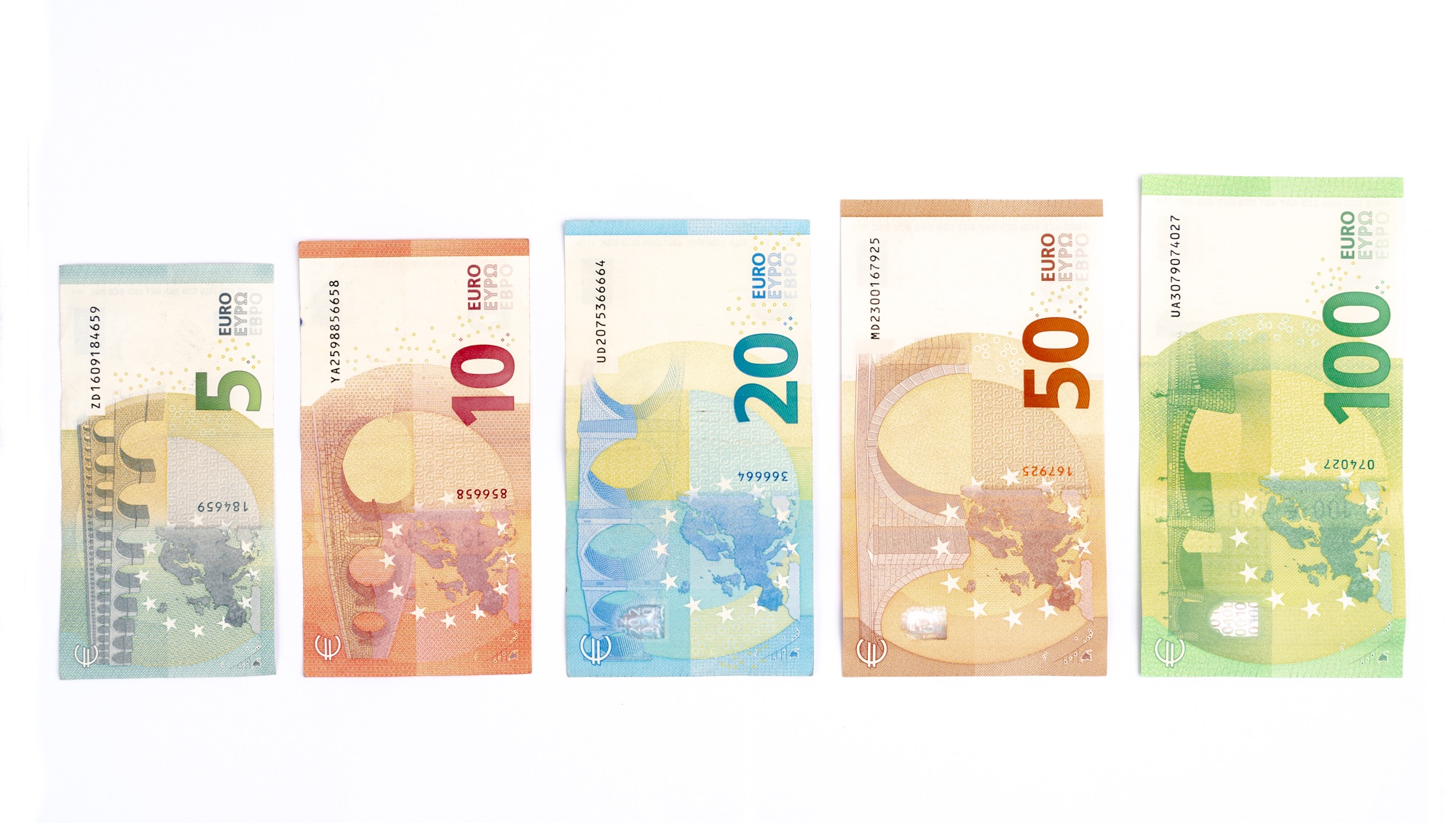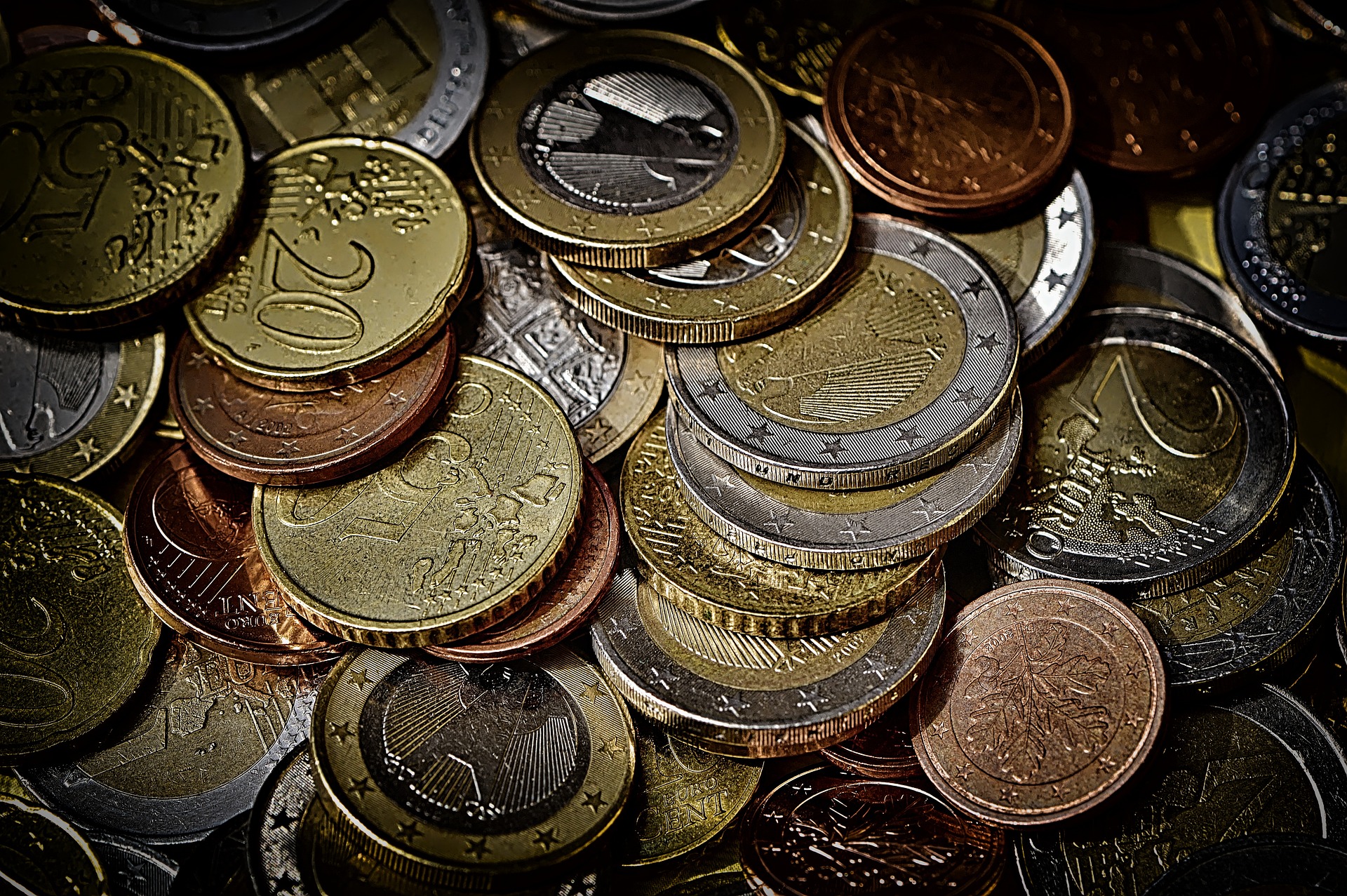Currency in Malta
A Travel Money Guide to Malta
Though it’s one of the smallest countries in the world, the Republic of Malta is a star tourist destination. You’re going to have an incredible time, thanks to the island country’s warm climate, ancient temples, and crystalline waters perfect for snorkelling.
You’ll get even more out of your holiday with careful budgeting. This guide will give you a complete overview of the money situation in Malta, including preferred payment methods and the best currency exchange options for value.
What Currency does Malta use?
In Malta, they use the euro – the European Union monetary unit. They have since 1 January 2008. Up until 2008, Malta used the Maltese lira as its official currency.
Malta joins 18 other EU members that have adopted the euro as legal tender, making up an economic region called the eurozone. The euro is represented by the currency code EUR and the symbol €.
Money in Malta
Euro banknotes and coins can be used throughout the eurozone, regardless of their origins. This is worth noting because every country mints its own coins, which feature a national design on one side.
Euro coins come in eight denominations of one cent, two cents, five cents, ten cents, 20 cents, 50 cents, €1, and €2.
On one side of the coin, you’ll find the denomination value and a map of the European Union. This is the standard side used across the eurozone.
But on Maltese euro coins, the reverse side with the national design features three different designs, with a megalithic temple on the three lowest denominations, the George Cross on the €1 and €2 coins, and the Malta Coat of Arms on the rest.
The Central Bank of Malta is responsible for issuing the euro in Malta and often brings out gold and silver commemorative coins, a practice which preceded the country’s adoption of the euro.
These commemorative coins range in value from €10 to €50 but are not legal tender in the eurozone.
Euro banknotes are easier to handle as their design is the same across the eurozone. Banknotes come in denominations of €5, €10, €20, €50, €100, €200, and €500.
While euro bills up to €50 are commonly accepted, you may have trouble using higher denominations in some businesses.



Using Your Bank Card in Malta
Some of the best travel money cards include debit, credit and prepaid cards – but the types of bank cards and the different banks often take drastically different approaches to their fees and charges.
Also remember: in Malta, you’ll need a card with a chip and four-digit PIN for a hassle-free experience.
Debit Cards
Debit cards are common across Malta. Just beware, your home bank may impose high rates and fees if you use your card overseas. These fees might cover ATM withdrawals, overseas transactions, and currency conversions.
One of the best travel money cards for Malta is the Wise Travel Card, which doesn’t have purchase, load, or reload fees and offers the same exchange rates as those you see on Google or XE.com.


Credit Cards
You’ll have no problem using credit cards in Malta, with most major cards widely accepted at the most touristy destinations.
Visa and Mastercard are widely accepted but some retailers refuse American Express (Amex) to avoid the high fees Amex imposes on them. Discover cards are less accepted.
Beware the fees you may incur by using your credit card overseas. These could include cash advance fees for ATM withdrawals, international transaction fees, and overseas ATM withdrawal charges.
Our recommendation is the 28 Degrees credit card option, which offers lower fees and charges than most.
Prepaid Travel Cards
Prepaid travel cards work by letting you load up in the currency of your choice and lock in the exchange rate.
Though you avoid some fees for spending in a foreign currency, you might end up squandering those savings on other charges, such as reload fees and inactivity fees. Travel cards also usually apply ATM withdrawal fees.
Not only this, it can often take days for your currency to actually load onto your card, leaving you potentially cash-strapped.
If you still like the idea of locking in the exchange rate, both the Revolut and TransferWise debit cards come with currency loading options.

How to Exchange Currency in Malta
Large hotels and even tourist attractions in Malta will accept payments in currencies other than the euro. Just beware, you might not receive change and the exchange rates will be poor.
If you want to save money, it’s probably better to change your money into the local currency on arrival. You’ll have three main options.

Maltese Bank ATMs
For a small country, there are plenty of ATMs in Malta. In fact Malta’s Bank of Valletta even provides a few ‘drive through’ ATMs.
Just remember you’ll usually be charged by both the ATM provider AND your home bank for withdrawing cash overseas.
Using an ATM, you may be given the choice of being charged in your home currency rather than the local currency. Always choose the local currency as the alternative typically results in worse exchange rates.
Currency Exchange Outlets
As with any country, avoid exchanging your cash in airports and hotels. They rarely offer competitive rates and may have high fees.
Instead, exchange bureaus, post offices, and banks in the centre of town provide fairer deals. Keep in mind that offices which advertise ‘no fees’ or ‘zero commissions’ will most likely make up the difference in poor exchange rates.
Not all offices are able to exchange currencies like AUD – United Kingdom pounds (GBP) and United States dollars (USD) are the most common exchange currencies. And most exchange bureaus are fussy about ripped or marked bills so be sure to have notes in perfect condition to exchange.


Travellers Cheques
Once a godsend for frequent travellers, travellers cheques are quickly becoming obsolete. They can be a hassle to exchange – in Malta, only a few exchange services accept them.
Not only that, they’re typically costly to exchange, with poor rates and high fees. ATM withdrawals and cash currency exchanges are better options.
Buying Maltese Currency Before You Go
If you’re looking for value, add ‘buy currency’ to your travel planning list and secure your euros before you leave home. This also frees up your time in Malta to explore.
There are three ways to buy euros from home:
- Buying euros online to be delivered or for you to pick up in-store.
- Swapping AUD for EUR at a currency exchange store.
- Buying euros at the airport.
Since Australian airport exchange bureaus are among the most expensive in the world, it’s not a good idea to leave your currency exchange until the last minute.
Instead, get the most value by jumping online. Online currency exchange retailers like S Money can offer the real mid-market exchange rates you see on Google or XE.
If you still prefer to exchange currency at a bricks-and-mortar bureau, head to one in the CBD as suburban outlets don’t usually offer the best deals.
The Average Cost to Travel Around Malta
How much you spend in Malta really depends on the type of holiday you’re after but budgeting always helps you plan the trip – and order the right amount of currency – before you go.
Here are some of the average costs you’ll find in Malta:

€70-140
A double room in a mid-range hotel

€12
A restaurant dinner

€20
Vineyard tour

€3 for a return trip
Harbour ferry journey

€5 – 10
Museum entry ticket
